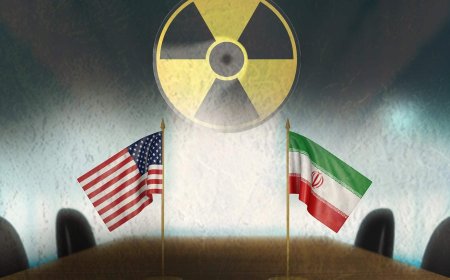The Afghan Spillover: Tajikistan’s Battle to Stop Terrorism at Its Doorstep

By: M. S. Qorbani
The ramifications that followed the Taliban's takeover of Afghanistan have had a significant effect on neighboring nations. These disturbances have particularly impacted Tajikistan. The resurgence of the Taliban in 2021 has reignited long-standing concerns about instability and cross-border threats, prompting Tajikistan’s long-serving President Emomali Rahmon to once again propose a "security belt" around Afghanistan, whose intricacy and far-reaching ramifications require a thorough examination. Back in 1998, Rahmon introduced the security belt initiative. It gained renewed attention after 2021 as an ultimate solution to address the increasing threats emanating from Afghanistan.
Rahmon's concerns are valid and worth considering, as Tajikistan has witnessed a concerning surge in drug trafficking as a result of the Taliban's return. In 2022 alone, the small Central Asian nation intercepted five tons of narcotics, marking a dramatic 22% increase from the previous year, highlighting the need for an immediate security measure. Moreover, the presence of notorious warlords from various extremist factions along Afghan-Tajikestan porous border areas exacerbates the perilous situation in Tajikistan. These terrorists include "Haji Furqan" from the East Turkestan Islamic Movement and "Maulvi Ibrahim" from Jamaat Ansarullah. The existence of these terrorist networks in Badakhshan, Baghlan, and Kunduz has far-reaching consequences, usually culminating in violent confrontations with Tajik border guards. Rahmon's proposal has its fair share of potential advantages:
1. Improved security: By creating a buffer zone, the security belt can reduce the risk of terrorism and illegal activities spreading from Afghanistan to neighboring states.
2. Stabilization: Creating a buffer zone can help maintain regional stability by establishing a controlled perimeter that prevents the spread of extremism.
3. Regional Cooperation: The initiative has the potential to enhance collaboration among Central Asian states, bolstering efforts to ensure collective security.
4. Addressing extremism at its source could help reduce the growth and influence of terrorist groups. Nevertheless, despite the advantages, we must consider the downsides.
1. Foreign Military Presence: The implementation of the security belt requires the deployment of troops and security forces from other countries. This could potentially cause regional disagreement and increase geopolitical tensions.
2. Financial and logistical costs: Establishing a buffer zone that spans thousands of kilometers requires a significant investment of funds and military assets, posing a formidable economic obstacle.
3. Geopolitical tensions: The establishment of a security belt has the potential to further escalate geopolitical rivalries among major powers, which could exacerbate Afghanistan's already critical humanitarian catastrophe.
Looking from another vantage point, Tajikistan's strategic maneuvering sheds light on a wider range of motivations. While the security belt aims to protect Tajikistan from the potential consequences of instability in Afghanistan, it also serves domestic and international goals. In Tajikistan, which faces economic challenges and an ongoing terrorism threat, the security belt serves as both a protective measure and a valuable bargaining tool. The country's current economic situation necessitates assistance from external sources.
Hence, Tajikistan is using its proposal to seek financial and military support from various global powers, such as Russia, the United States, and organizations such as the Shanghai Cooperation Organization. In addition to advocating for the inclusion of Afghan Tajiks in the Afghan government, which Rahmon believes makes up more than 46% of Afghanistan's population, the security belt also acts as a diplomatic tool. The adage "preparation is essential" highlights the importance of the security belt.
By addressing potential threats, Tajikistan aims to strengthen its defenses and reduce the risks associated with Afghanistan's ongoing turbulence. However, the success of this measure is contingent on the broader context of regional and international relations. Establishing a security belt is essentially a risk-taking measure to maintain stability in a region with ever-evolving dynamics. The success of this initiative hinges on Tajikistan and its allies' capacity to navigate the complex landscape of security, diplomacy, and regional cooperation.













































